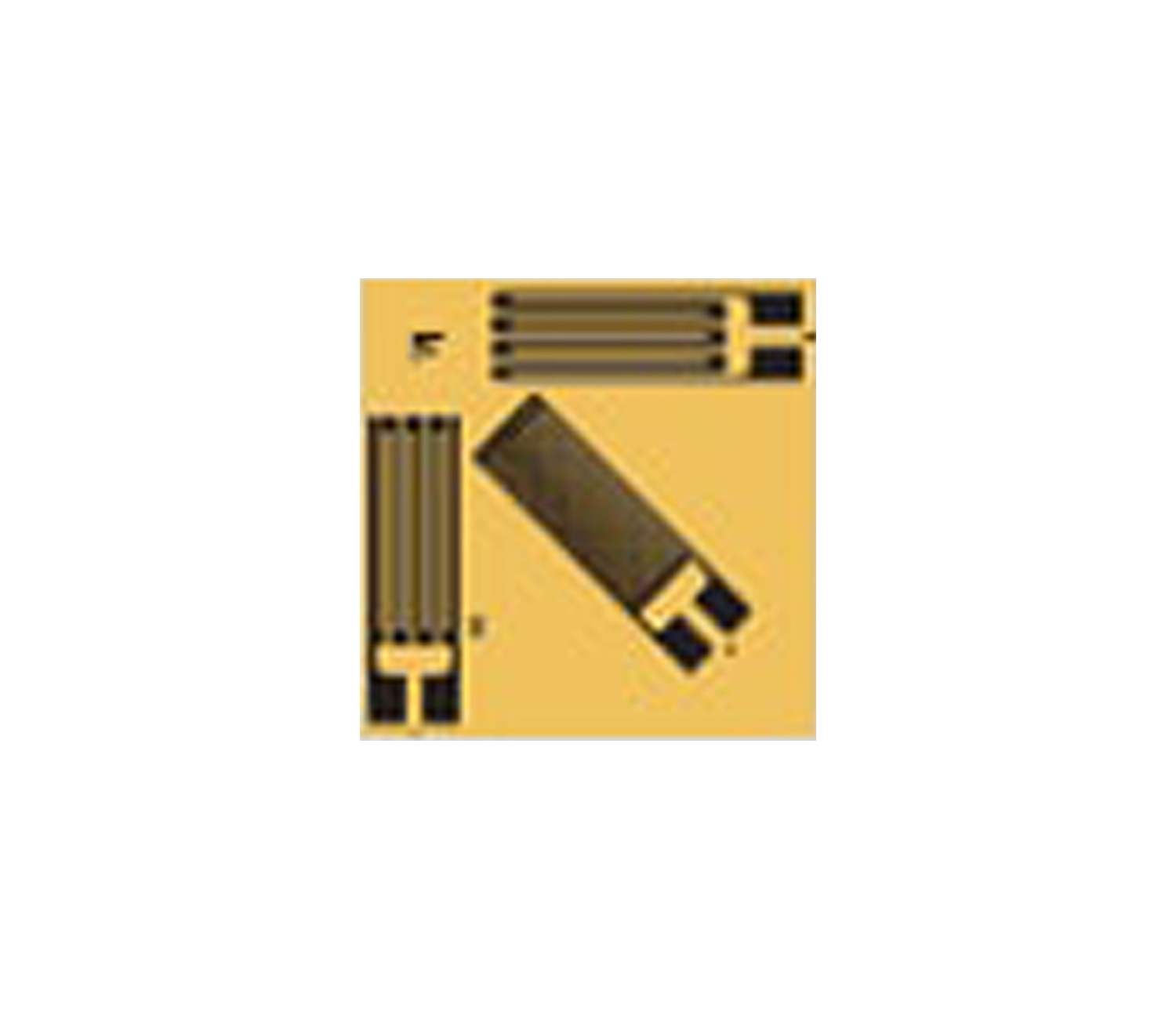
How satisfied were
you with
Rudrra Sensors??



Analytical Strain Gauge
What is Analytical Strain Guage?
The stress analysis with strain gauge is used to determine the stress in a single component. In the stress analysis with strain gauges, usually bridge circuits are used with only one active measurement grid.However, when it comes to a uniaxial stress condition, it is sufficient to detect the strain with a single measuring grid. The direction of the mechanical stress is required in this case, as known. The strain gauge is used to determine the amount of strain.
To calculate the mechanical stress from the measured elongation, it is essential to know
- The modulus of elasticity of the material as well as
- The k-factor of the strain gauge
If it is a two-axis voltage state, the main voltages and the direction of the main voltages should be determined. Three determination equations are required to determine the three unknown quantities. Therefore, three measuring grids are used in three linearly independent directions, e.g. 0°, 45°, and 90° or 0°, 60° and 120°.
For this task, there are strain gauge rosettes with three active measuring grids. For the calculation of the mechanical stress from the measured strain, the modulus of elasticity of the material, the cross-contraction number of the material, and the k-factor of the strain gauge must be known.
Analytical Strain Gauge Online at Rudrra Sensor
We are a prominent manufacturer and supplier of analytical strain gauges. Our experienced professionals have developed this new product to save the valuable time of our clients. Our all testing and measurement products are developed as per industrial norms and standards.We are a prominent manufacturer and supplier of analytical strain gauge. Our experienced professionals have developed this new product to save the valuable time of our clients. Our all testing and measurement products are developed as per industrial norms and standard.
PATTERN | IMAGES | MODEL | GRID SIZE | BACKING DIMENSION | GAUGE RESISTANCE | GAUGE FACTOR |
BAB Series foil strain gages with temperature up to 250℃ |  |
|
|
|
| 2.1 ± 2% |
BAB Series foil strain gages with temperature up to 250℃ |  0-45-90 |
|
|
|
| 2.1 ± 2% |
BAB Series foil strain gages with temperature up to 250℃ |  0-45-90 A |
|
|
|
| 2.1 ± 2% |
BAB Series foil strain gages with temperature up to 250℃ | 0-90 |
|
|
|
| 2.1 ± 2% |
TA Series high elongation foil strain gages |  |
|
|
|
| 2.1 ± 2% |




